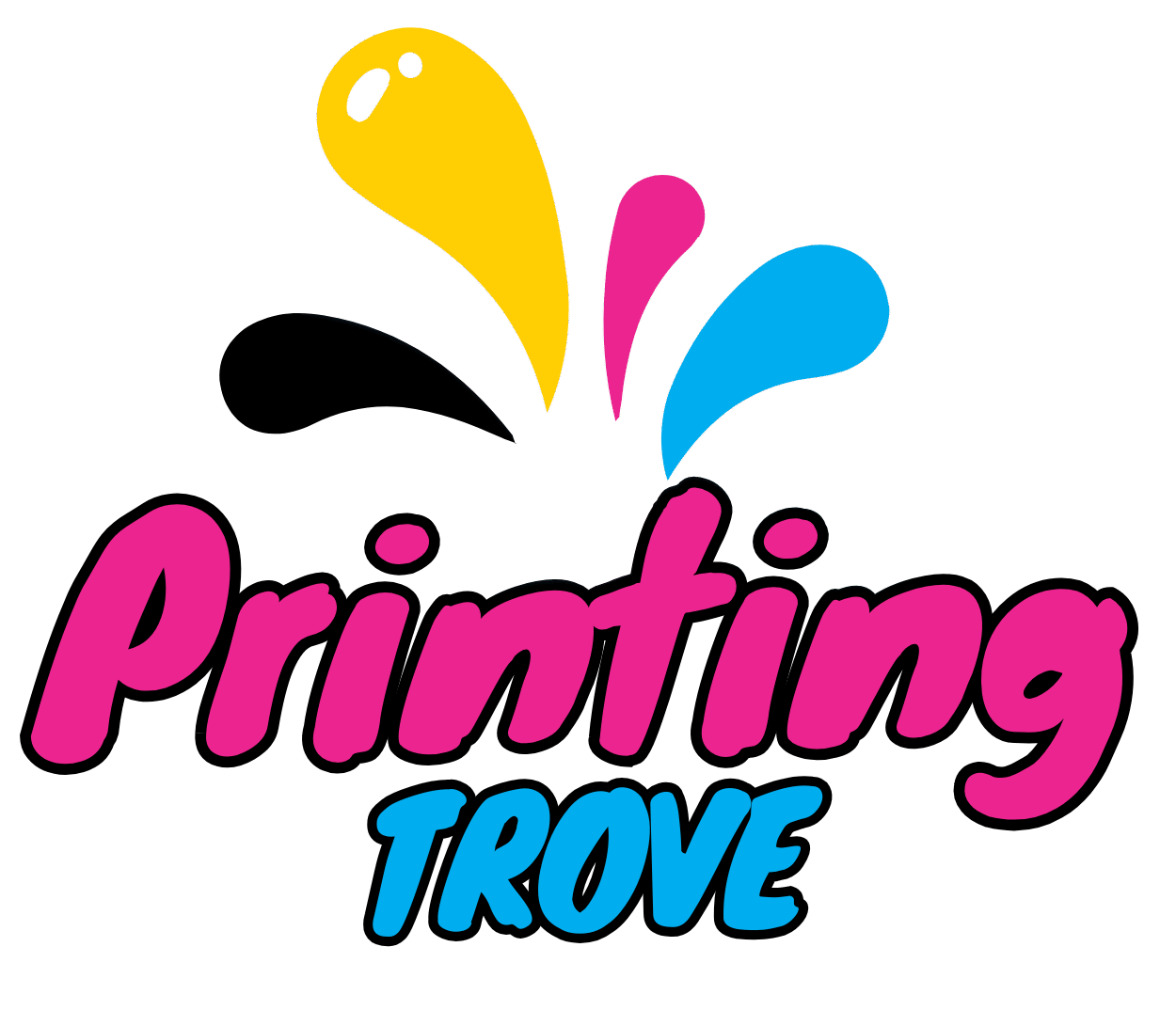
Eco solvent ink and sublimation ink are two key technologies in the printing industry, which significantly contributes to environmental pollution. In the quest for sustainable printing, understanding the differences between these inks is essential for businesses and environmentally conscious consumers. This article explores the benefits and drawbacks of each ink type, helping you make informed decisions that enhance print quality and reduce your ecological footprint.
What Is Eco Solvent Ink?

Eco solvent ink offers vibrant print quality while being safer for the environment. Unlike traditional solvent inks that emit harmful VOCs, eco solvent inks use milder solvents, making them safer for both users and the environment. They support eco-friendly printing across various materials like vinyl, canvas, and textiles.
Its versatility allows businesses to create products such as banners and vehicle wraps, with prints that remain durable and vibrant even outdoors. As sustainability grows in importance, eco solvent ink helps strengthen brand image and appeals to environmentally conscious customers.
What Is Sublimation Ink?

Sublimation ink is a specialized dye that transforms from solid to gas without becoming liquid, making it ideal for printing on polyester fabrics and specially coated surfaces. When heated, it penetrates the substrate at the molecular level, resulting in vibrant, durable prints that resist fading, cracking, and peeling. Unlike traditional inks that sit on the surface, sublimation ink becomes part of the material, keeping designs vivid even after multiple washes.
Beyond textiles, it’s used for custom mugs, phone cases, and home décor items, allowing intricate designs with impressive detail. Its water-based formulation offers an eco-friendly alternative, aligning with growing consumer demand for sustainable products. This blend of creativity and technology makes sublimation ink a powerful tool in custom printing.
Eco Solvent Ink vs Sublimation Ink:Comparison

When comparing Eco solvent ink and sublimation ink, the intended application and substrate compatibility are key considerations. Eco solvent inks are known for their versatility, adhering to materials like vinyl, canvas, and paper, making them ideal for outdoor signage and vehicle wraps due to their durability and weather resistance. In contrast, sublimation ink excels on polyester fabrics and specially coated surfaces, producing vibrant prints that remain vivid even after multiple washes.
Environmentally, eco solvent inks emit fewer VOCs than traditional solvents, making them a safer choice for indoor use. Sublimation inks, being water-based, generate minimal waste and require less energy. However, sublimation’s limitation to polyester restricts its use, so businesses must assess their specific needs. Ultimately, the choice depends on whether flexibility and outdoor durability or vibrant prints on specialized materials are the priority.
Which Ink Is More Eco-Friendly?

When considering eco-friendly ink options, sublimation and eco-solvent inks are often top choices. Sublimation ink produces vibrant, long-lasting prints on polyester fabrics and coated materials. Its heat transfer process generates minimal waste and typically uses water-based formulations, reducing the release of harmful VOCs.
Eco-solvent ink offers a balance between print quality and environmental safety. Unlike traditional solvent inks, it emits fewer VOCs and is often derived from renewable resources like vegetable oils. While eco-solvent inks work well on various surfaces, they may not match sublimation’s durability on textiles. The best choice depends on your specific printing needs and environmental goals.
How to Choose the Right Ink for Your Needs

When selecting the right ink, it’s crucial to consider the medium and desired outcome. For vibrant, long-lasting prints on fabric, sublimation ink is ideal. It transforms into gas when heated and bonds with polyester fibers, producing high-resolution images that resist fading. If versatility and outdoor durability are your priority, eco solvent ink is a better choice. It works on various surfaces and is excellent for signage and graphics, offering rich colors with reduced environmental impact compared to traditional solvent inks.
Your printing method also matters. Sublimation ink requires heat-transfer printers, making it suitable for custom apparel and promotional items. Eco solvent ink is compatible with wide-format printers, ideal for large-scale projects. It adheres well to vinyl and canvas, while sublimation is limited to polyester or specially coated materials. Understanding these differences ensures high-quality, sustainable results tailored to your creative needs.
Conclusion
Both eco solvent and sublimation inks offer distinct advantages tailored to different printing needs. Eco-solvent ink stands out for its versatility and durability, making it ideal for outdoor signage and a wide range of materials. Sublimation ink, on the other hand, delivers exceptional color vibrancy and image quality, especially on polyester fabrics and coated surfaces. To choose the right option, consider key factors such as material compatibility, print longevity, and color quality. A clear understanding of your project’s requirements will help you select the most effective and sustainable solution.
